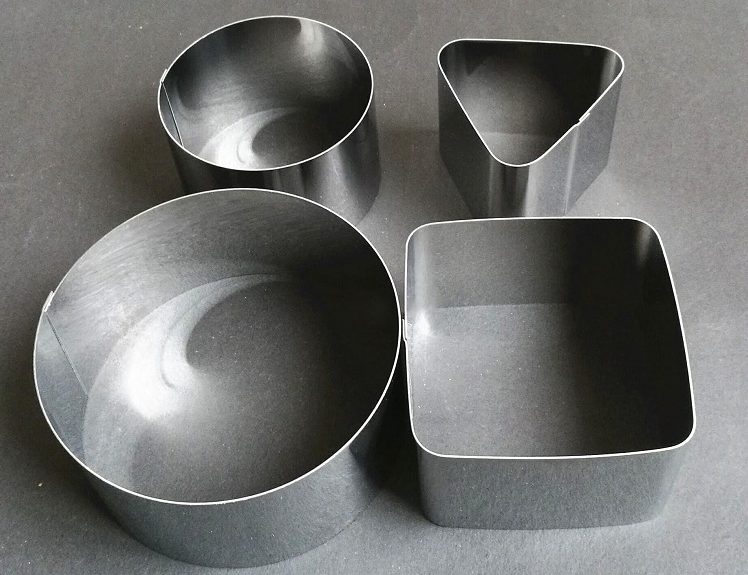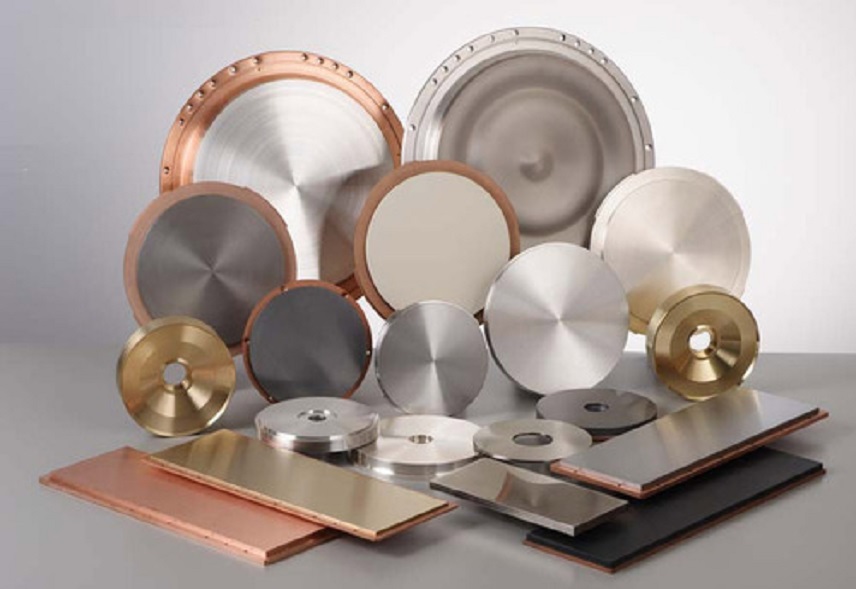Although the rotary targets have developed in recent years, the mainstream shape of the sputtering target is still the planar type. Today let us take a look at the pros and cons of planar targets to help you determine whether a planar sputtering target is suitable for your project.
Advantages of Planar Sputter Target
Simple structure – one of the main advantages of the planar target is that the structure is simple. The common planar targets on the market are rectangular planar targets and circular planar targets, which are easily produced by molds. In other words, planar target preparation requires fewer machines and technologies and is easier to prepare. This is why planar targets still dominate the sputtering target market.

Low price – You can never deny that the price is always an important competitive factor. As mentioned above, the manufacturing process of the planar sputter target is easier, so its price is much lower than the rotatory sputter target.
Strong versatility – Planar sputtering targets usually have strong versatility. Therefore, the transportation of the planar targets is relatively simple and is not easily damaged during transportation.
Good uniformity and repeatability – Film layers sputtered by planar targets usually boast good uniformity and repeatability. Planar targets are still best suited for prototype work or elemental experimentation, especially when large amounts of material are not needed at once.
Disadvantages of Planar Sputter Target
Its biggest disadvantage is the low utilization rate (generally only about 20%). In the sputtering process of the planar target, a strip-shaped pit will be formed when the target of the glow region (the magnetic field distribution region) is consumed to a certain extent, making the target body thinner. And once the pit depth reaches a certain value, the target cannot be utilized anymore. The low utilization rate also reduces its price advantage to some extent.
In conclusion, planar targets are still the best choice for prototype work or elemental experimentation, especially when large amounts of material are not needed at once. But its disadvantage of low utilization rate (20% vs. 80% compared with the rotatory target) does constrain its development.
Next week, let us look at the biggest competitor of the planar target– the rotatory target. Weighting the pros and cons of these two types of sputtering target may help you better choose the one for your application.
Please visit https://www.sputtertargets.net/ for more information.

